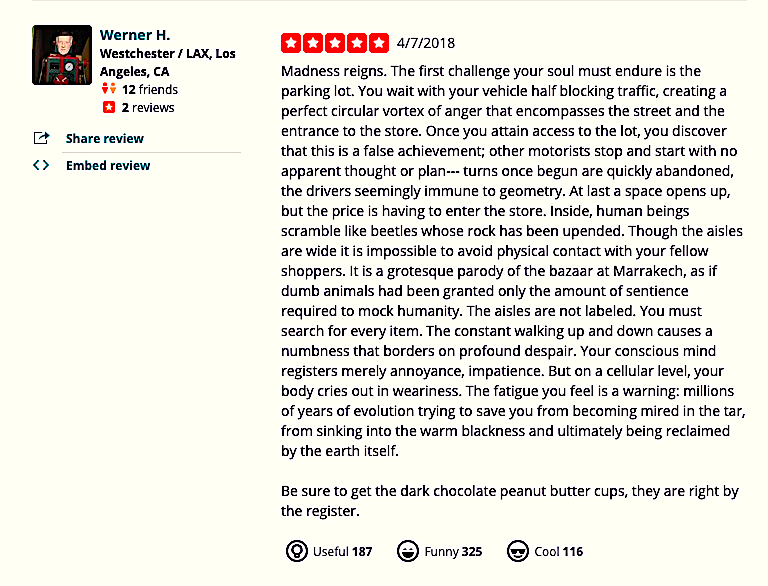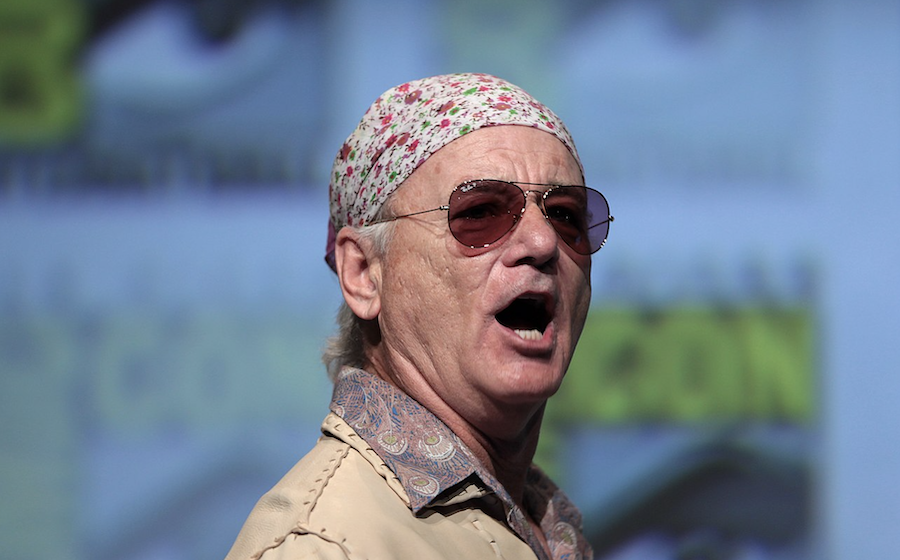U.S. Supreme Court justice Ruth Bader Ginsburg’s death has thrown an unbearably fraught political year into further disarray, a fact that has sadly overshadowed memorialization of her inspiring life and career. Ginsburg was a personal hero for millions of activists and students—from grade school to law school; an icon casually identified by her initials by those who felt like they knew her. “For many women, and many girls,” Sheryl Gay Stolberg writes in a New York Times tribute, her loss is “deeply personal.”
How should we remember such a figure at such a time? If you happen to find the news numbing, full of enervating rancor and alarm…. If you want to bring the focus back to the person we have lost, might we suggest a soundtrack? The suggestions come from Ginsburg herself, from the art form—opera—closest to her heart. “She was our greatest advocate and our greatest spokesperson,” says Francesca Zambello, director of the Washington National Opera, “the ideal attendee… who knows everything but is open to interpretations.”
Ginsburg’s commitment to the opera spans decades. She and her husband Marty were in the audience when Leontyne Price made her debut at the Met in 1961. Forty-seven years later, the Justice had occasion to honor Pryce at a 2008 National Endowment for the Arts luncheon. Also in attendance: Antonin Scalia, Ginsburg’s notorious rival. The only thing the two may have agreed on was a passion for the opera. It formed the basis of a fragile peace, and the subject of its own opera, Scalia v. Ginsburg, that explores extreme judicial differences through “Verdi, Puccini, Christmas carols, ‘The Star-Spangled Banner,’ and jazz.”
Scalia v. Ginsberg composer Derrick Wang heard the grandiosity of opera when he read the fiercely opposing written opinions of the two justices. It’s safe to assume that both were listening to their favorite works while they composed. In 2012, Ginsburg gave her list of favorites to Alex Ross at The New Yorker, who points to other Ginsburg connections to the classical world like her son, James Ginsburg, “proprietor of Cedille Records, an independent classical label based in Chicago.” (Read their statement on Ginsburg’s passing here.)
There is far too much to say about Ruth Bader Ginsburg’s judicial influence, and about the power vacuum left behind by her loss. But if we want to understand what mattered to her most as an individual, we should turn to the music she most loved. “Her life was about understanding people’s stories,” says Zambello. The kinds of cases “she made her career of are the stuff of opera.” At the top, see Ginsburg’s first appearance onstage, in a non-singing role as the Duchess of Krakenthorpe in the The Daughter of the Regiment at the Kennedy Center. Just below, see her list of favorite works, peppered with occasional commentary from the late, beloved R.B.G. herself. This list originally comes from The New Yorker. If you have a Spotify account, you can stream the music in this 30-hour playlist.
Verdi, “Aida”; Zinka Milanov, Jussi Björling, Leonard Warren, Fedora Barbieri, Boris Christoff, Jonel Perlea conducting the Rome Opera Orchestra and Chorus (RCA).
Verdi, “Otello”; Plácido Domingo, Renata Scotto, Sherrill Milnes, James Levine conducting the National Philharmonic and Ambrosian Opera Chorus (RCA).
Dvořák, “Rusalka”; Renée Fleming, Ben Heppner, Dolora Zajick, Franz Hawlata, Charles Mackerras conducting the Czech Philharmonic and Kühn Mixed Choir (Decca).
Handel, “Julius Caesar”; Norman Treigle, Beverly Sills, Maureen Forrester, Beverly Wolff, Julius Rudel conducting the New York City Opera Orchestra and Chorus (RCA).
Justice Ginsburg comments: “Listened to LP recording many times. Production was Julius Rudel’s triumph, opened in the State Theatre the year the Met moved to Lincoln Center. Met opened with the not at all triumphant production of Barber’s ‘Antony and Cleopatra.’ Next, my two best-loved operas.”
Mozart, “Don Giovanni”; Cesare Siepi, Fernando Corena, Suzanne Danco, Lisa Della Casa, Anton Dermota, Hilde Gueden, Walter Berry, Kurt Böhme, Josef Krips conducting the Vienna Philharmonic and Vienna State Opera Chorus (Decca).
Mozart, “The Marriage of Figaro”; Samuel Ramey, Lucia Popp, Thomas Allen, Kiri Te Kanawa, Frederica von Stade, Kurt Moll, Robert Tear, Georg Solti conducting the London Philharmonic and London Opera Chorus (Decca).
Strauss, “Der Rosenkavalier”; Elisabeth Schwarzkopf, Christa Ludwig, Teresa Stich-Randall, Otto Edelmann, Eberhard Wächter, Ljuba Welitsch, Nicolai Gedda, Herbert von Karajan conducting the Philharmonia Orchestra and Chorus (EMI).
Tchaikovsky, “Eugene Onegin”; Thomas Allen, Mirella Freni, Neil Shicoff, Anne Sofie von Otter, James Levine conducting the Dresden Staatskapelle and Leipzig Radio Chorus (DG).
Puccini, “Tosca”; Maria Callas, Giuseppe Di Stefano, Tito Gobbi, Victor de Sabata conducting the La Scala orchestra and chorus (EMI).
Menotti, “The Medium”; Joyce Castle, Patrice Michaels, Lawrence Rapchak conducting the Chicago Opera Theatre (Cedille).
Kurka, “The Good Soldier Schweik”; Jason Collins, Marc Embree, Kelli Harrington, Buffy Baggott, Alexander Platt conducting the Chicago Opera Theatre (Cedille).
Justice Ginsburg comments: “Glimmerglass Opera later mounted ‘Schweik’ with perfect-for-the-part Anthony Dean Griffey.”
Stravinsky, “The Rake’s Progress”; Philip Langridge, Samuel Ramey, Cathryn Pope, Stafford Dean, Sarah Walker, John Dobson, Astrid Varnay, Riccardo Chailly conducting the London Sinfonietta and Chorus (Decca).
Britten, “Billy Budd”; Nathan Gunn, Ian Bostridge, Gidon Saks, Daniel Harding conducting the London Symphony Orchestra and Chorus (Virgin Classics).
Justice Ginsburg comments: “Two Lieder recordings I now and then play when working at home: **Schubert, ‘An mein Herz,’ with Matthias Goerne; and songs by Brahms, with Angelika Kirchschlager.”
Related Content:
Acclaimed Ruth Bader Ginsburg Documentary, RBG, Airing Tonight on CNN
The Opera Database: Find Scores, Libretti & Synopses for Thousands of Operas Free Online
Josh Jones is a writer and musician based in Durham, NC. Follow him at @jdmagness




